Issue 76 : 7 March 2021
Talofa Lava, Kia Orana, Malo E Leilei, Tena Koutou, Hello ...
... and welcome to the latest issue of “For The Love Of The Game”, the official e-zine of the New Zealand Amateur Sport Association Inc. We hope you enjoy reading the articles below.
If you have any feedback on this issue, ideas for future articles, or would like to contact the Editor, please click here. And, you are invited to forward the e-zine to others you know, who may be interested in reading it. An archive of earlier editions of the e-zine can be found here. For those who follow Twitter, you can also follow the Association, @AmateurSportNZ.
If you are interested in applying for membership of the Association, please click here.
Viewpoint (1) : COVID-19 Reveals The Truth About Sport's Importance ...
Conventional wisdom suggests that a society starved of live sporting entertainment in a socially-distanced COVID-19 environment, hungers for on-screen sporting fulfilment. New data from the United States suggests this has not been the case, with viewership of professional sport falling precipitously in-line with the lack of opportunity to actively engage in socially-connected community sporting pursuits.

(United States television audiences for sport slumped in 2020)
The Atlantic magazine has recently reported that television sports viewer numbers nose-dived in 2020. “Compared with the previous year, ratings were down 51 percent for the NBA Finals, 61 percent for the NHL finals, and 45 percent for tennis’s U.S. Open. Not even the Kentucky Derby (horse-racing) was safe: ratings dropped 49 percent from the previous year. The Super Bowl drew its lowest ratings in 15 years.” It seems that sports fans don’t want to watch, “games with manufactured crowd noise and virtual or cardboard fans in the stands.”

(Spectator-less stadia may not be visually appealing to television viewers)
In New Zealand, anecdotal reports from a number of regions indicate that the shortened community club sports season in 2020 resulted in bumper side-line and club interest from local communities throughout the country. It may well be that the lack of social-connectivity through corporate stadia, was largely compensated for by a return to a celebration of local community sporting identity, regardless of any corresponding surge in post-lock-down television viewership.
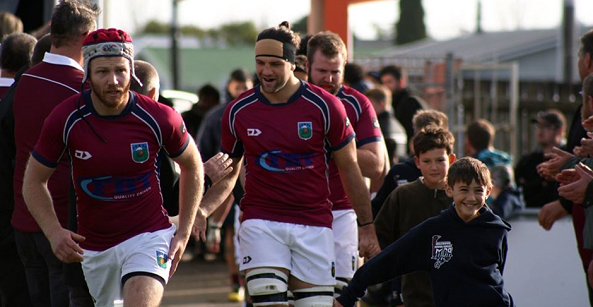
(Many local clubs experienced a resurgence of community interest in 2020)
In a pre-COVID world, watching live sport on television allowed the viewer to vicariously participate in the “crowd atmosphere” at home. The viewer alternately cheered or despaired along with the images of the crowd on-screen. When there is no crowd atmosphere, it seems the desire to be part of the action diminishes. Perhaps COVID-19 has highlighted that the experience people most value about sport, is the feeling of social-connectivity, as experienced through a face-to-face encounter in a community sport club. You can read more here.
Rugby In New Zealand ...
A recent advertisement in New Zealand’s national newspapers from a group “concerned about the negative consequences of professional rugby on the amateur game”, invites contributions from any person with similar concerns. In particular, the advertisement notes that the group “believe the amateur game and clubs are slowly dying.” The contact for responses from those interested in doing so is Doug Catley, a well-known Wellngton businessman and former Chaitman of the Basin Reserve Trust who was awarded a MNZM for services to sport in 2013.
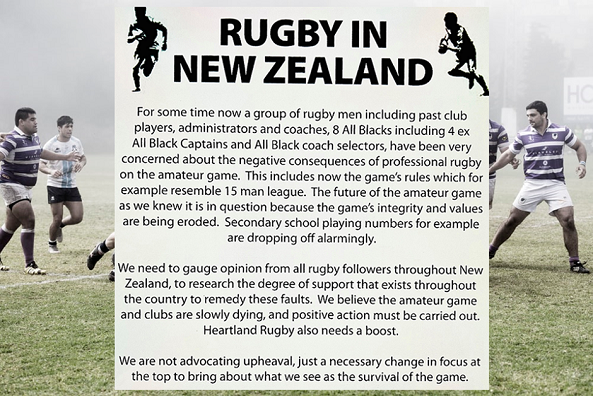
The Association notes (based on its proprietary research), that over the five year period (2016-2020), nearly 1,000 sporting organisations registered as incorporated societies were dissolved by the Registrar of Incorporated Societies for failure to meet their regulatory obligations. Of all sporting codes represented in this data, Rugby Union had the highest number of entity dissolutions which may be a supporting indicator that the community game in New Zealand is under stress. Those interested in connecting with Doug Catley can do so by clicking here.
The Value Of Community Sport Infrastructure ...
A recent study by KPMG has revealed that community sport infrastructure in Australia contributes more than A$16.2 billion to the economy through economic, health and social benefits. The contribution of volunteers alone was estimated to be worth A$1.3 billion annually. It is therefore puzzling why the health and viability of local community sport clubs is not at the centre of Government policy and funding decisions for sport in New Zealand.
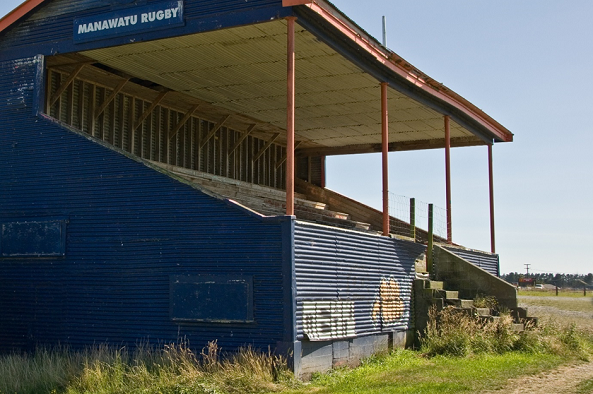
(The well-known “Sanson Grandstand” in Manawatu, erected in 1924, bulldozed in 2013)
The KPMG study identified employment, volunteering, social inclusion, community pride, reduction in crime and anti-social behaviour and increased levels of trust as factors which are amplified through community sport infrastructure, with the study finding it also builds “safer and more inclusive communities”, with the impact extending “far beyond the buildings and facilities, and even beyond the sports that are played in or on them”.

(The contribution of sporting volunteers in Australia is estimated to be A$1.3 billion)
A core challenge in New Zealand appears to be achieving the right balance between supporting the infrastructure needs of local parochial sport communities often identified by religion, ethnicity, industry or sporting code and the often amorphous multi-sport facilities typically defined by regional geography alone. You can read the full KPMG study, by clicking here.
Drake Foundation Survey Increases Pressure For Rule Changes ...
A survey by the Drake Foundation in the U.K. has revealed that in the case of Rugby Union one in six adult amateurs intend to stop playing the game over fears of early onset dementia (with a further 46 per cent intending to limit their games). 77 per cent of adult amateurs want tackling above the waist banned and 71 per cent want physical contact in training to be reduced.
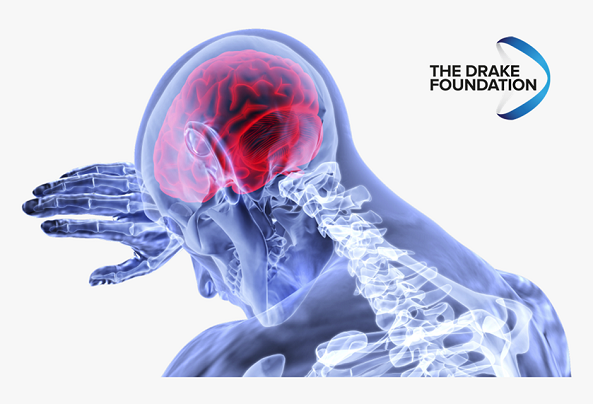
(Three-quarters of amateur players in the U.K. want tackling above the waist banned)
According to the survey most parents want all tackling and scrums banned from the youth game and physical contact in training to be minimised, with 64 per cent of adult amateurs concerned that playing rugby could have an adverse impact on their long-term health.
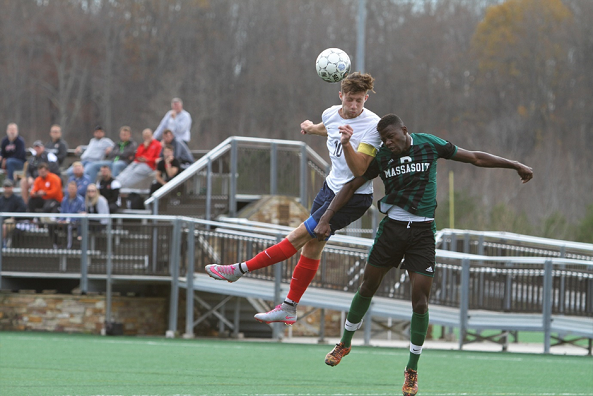
(Two-thirds of parents are concerned about the risks of heading the ball in Football)
Association Football is similar. 70 per cent of adult amateur footballers now want clear guidelines to restrict heading in training; 66 per cent are concerned about the effect of heading on their long-term health, while almost half of adult players want heading restricted in matches and 71 per cent of parents want it limited or banned in children’s football. 67 per cent of parents are concerned about the risk from heading to their child’s long-term health.
In New Zealand, the Association understands that the New Zealand Rugby Union is considering new Domestic Safety Law Variations (DSLVs) which will help to minimise the head-injury risks for youth players. You can read the full story from "The Telegraph", here.
The Final Whistle For Grassroots Football ...
Of the 18% of grassroots clubs in the U.K. that applied for Government funding as a result of the COVID-19 pandemic, only 13% (around 1,000 clubs nationally) reported that they received any level of funding. According to a recent study, the majority of clubs (59%) disregard Government grants, with many claiming they are “inaccessible and not worth the long-winded application process”. There have been similar reports in New Zealand in terms of community sport clubs not willing (or lacking capability) to apply for Government relief-funding.
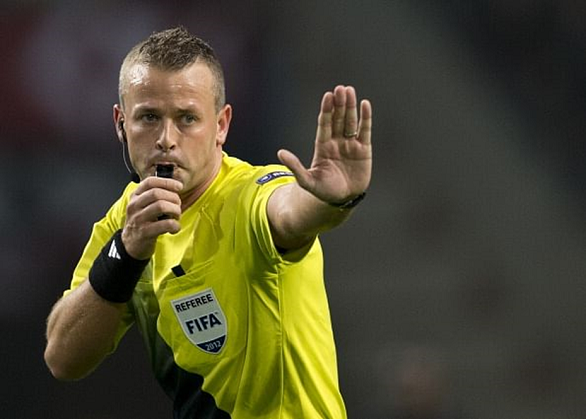
(Around 5,000 community clubs are forecast to not re-open following the U.K. lock-down)
There are an estimated 43,000 grassroots football clubs in the U.K., involving around 12 million people. On average, clubs spend around 26,000 pounds a year for the use of council-owned training facilities. Around 5,000 U.K. community clubs are now estimated to not re-open following the national lock-down.
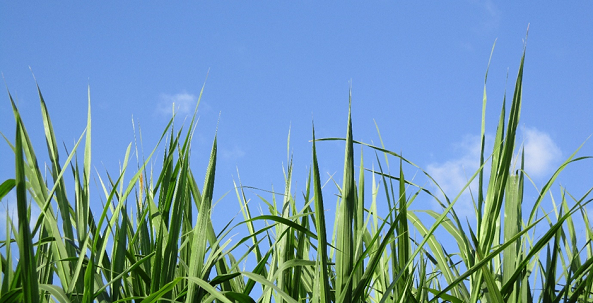
(Only 1,000 out of 43,000 football clubs have received COVID financial support)
Gary Maidment, Chairman, Ampthill Town FC said, “once a club has closed, the chances of it re-opening are slim to none. There would be an incredibly high cost associated with establishing a new club, compared to the modest investment the Government can make to save functioning, impactful, existing clubs that impact the lives of millions.” You can read the full report, here.
Viewpoint (2) : ‘For The Love Of The Game, (Or The Cash?) ...
The relationship of paid employees and unpaid volunteers to the organisations for which they labour, extends beyond how they value their reward for doing so. An employee's obligation to the organisation which remunerates them, is quite different to that of the volunteer who contributes freely, based on that person's interests and availability.

(Are the motivations of sport's paid employees and unpaid volunteers different?)
The European Union’s 2010 comprehensive study on sport volunteering indicated that the “growing professionalisation of the sport sector” is now directly influencing the number of people who are willing to volunteer. (After all, if one person is being paid to perform a task, why would another do it for free?) Moreover, increasing demands to meet higher compliance and regulatory requirements are acting as a deterence for volunteer participation (and as researched by this Association), directly leading to an increasing number of involuntary sport club dissolutions.
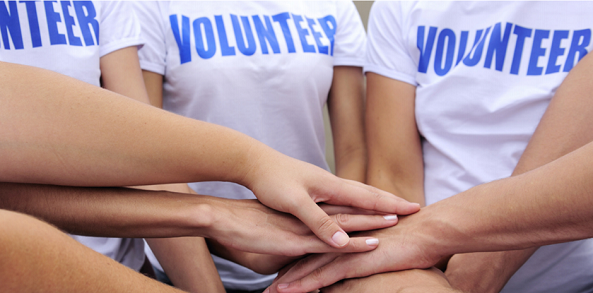
(It’s estimated that one-third of all volunteers in New Zealand are involved in supporting sport)
With the sport-sector under immense financial pressure, when it comes to “non-programmed decision-making” (i.e. where decisions are required that are unique, requiring conscious-thinking, information-gathering, and careful consideration of alternatives), will the quality of those decisions be better with the greater input of volunteers whose interest is principally based on altruism? How often (and at what level) are sports governing bodies inviting unpaid volunteers to participate in the decision-making process concerning their sport’s future in a post-COVID world? How much is that decision-making being influenced by commercial and financial interests? And if it is considered essential that money is needed to “save the game” from the financial ravages of COVID-19, “whose game” will be saved?
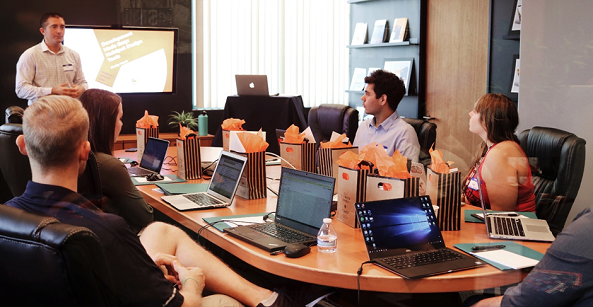
(Would sport's strategic decision-making benefit from greater input of unpaid volunteers?)
As the 2010 EU study revealed, a direct unintended consequence of sports professionalisation is the erection of more (not less) financial barriers to participation, as higher voluntary engagement would otherwise allow sport clubs to maintain lower membership fees. It’s estimated around one-third of all volunteers in New Zealand provide volunteer service to sport, with all sporting codes relying heavily (in some cases totally) on volunteers to organise and operate. Their “love of the game” has no price-tag attached.
46 Teams Compete In 2021 "National Display Day" For Leisure Marching ...
With Auckland’s representatives unable to attend, 48 of 77 registered teams took part in the 2021 National Display Day for Leisure Marching, which was held at Arena Manawatu in Palmerston North, this weekend. Hosted by the Manawatu Majors, the event comprised a "March Past" and "Team Display" by every team. (To ensure compliance with COVID restrictions, the event was split into six groups of less than 100).
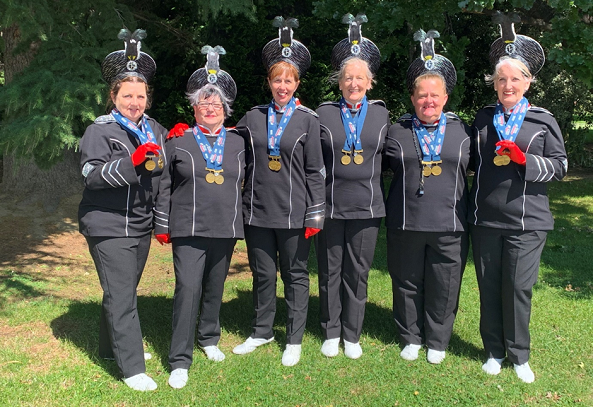
(Leisure Marching has no national governing body, but boasts 100 teams nation-wide)
Leisure Marching was first established as an amateur sport in 1991, with around 100 teams now collaborating on a sororal basis throughout New Zealand, without a national governing body. Ages of participants range from 45 to 90. This year, Leisure Marching featured for the first time at the annual Masters Games, held in Whanganui with the “Imperial Guards”, “Elite” and “Broadway United” teams, all winning gold medals.
From The Archives ...
ATHLETIC SPORTS AT TAURANGA
THAMES STAR, VOLUME XXV, ISSUE 4715, 21 APRIL 1894, PAGE 2
“Yesterday was quite a gala day in Tauranga in consequence of the athletic sports. The town was thronged with visitors. The High Jump was taken by J. Vercoe, beating at 5ft 6in a native from the Waikato called Ruhi, who came with a great reputation as a jumper. The Hurdle Race was won by J. Vercoe, Crosby being second. The Potato Race fell to H. Burt.”
The cash prizes won by James (known as “Innes”) Vercoe at the 1894 Tauranga Sports, saw him barred from amateur competition by the New Zealand Amateur Athletic Association until 1897, when he was reinstated ahead of the eighth annual national athletic championships. At the national event he came second in the 120 yard hurdles and third in the High Jump.
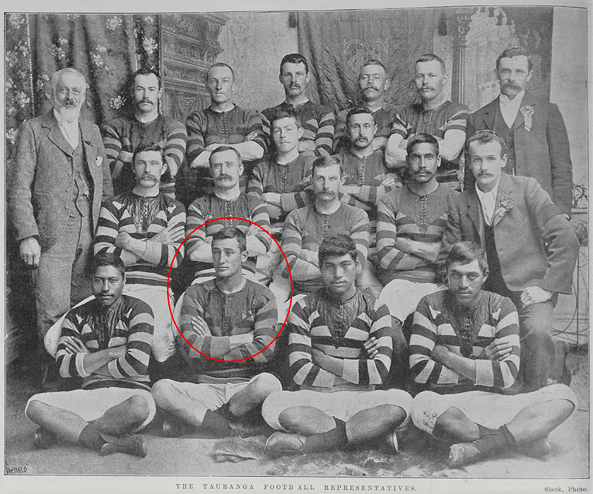
(Innes Vercoe, circled, as a member of the 1899 Tauranga representative rugby union team)
James Martyn Innes Vercoe was born in 1875 at Otumoetai, Tauranga, the son and youngest child of Joseph Lowry Vercoe and Catherine Mary Josephine Vercoe. He had two sisters and two brothers. Becoming a dairy and arable farmer in Paengaroa (near Te Puke), he suffered from “swamp-fever” (leptospirosis) while draining swamps on his land in 1898. Two years later he married Muriel Patricia Cramer-Roberts, with whom he had two sons and two daughters.
A member of the Comet Football Club, Vercoe became a prominent footballer for Tauranga (the precursor to the Bay of Plenty team), representing the region in annual fixtures against Auckland in the 1890s, before becoming a founding member of the Tauranga County Rugby Union, a rugby referee and later the Vice-President of the Te Puke Rugby Union. In later life, he became Patron of the Paengaroa Rugby Football Club, (now the Eastern Districts Rugby & Sports Club).
Following World War One, he established and became Chairman of the Paengaroa Athletic Club, served on the committee of the Te Puke Swimming Club, founded (and became President of) the Paengaroa Te Puke Hack Racing Club and he was appointed Deputy Master of the of the Bay of Plenty and Rotorua Hunt Club. As President of the Country Golf Club, he provided land for both the Te Puke and Country Golf Clubs.
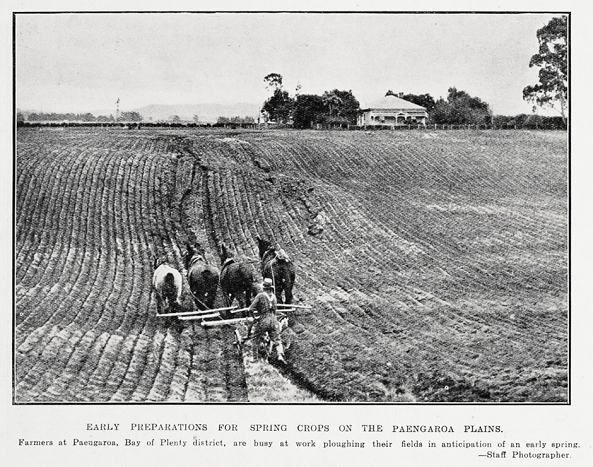
In other spheres of his life of community service, Vercoe was President of the Paengaroa Branch of the New Zealand Farmers Union and a one-time member of the Tauranga County Council, Director of the Bay of Plenty Dairy Association, Chairman of the Paengaroa Progressive Society and a Foundation Member of the Tauranga Electric Power Board.
Innes Vercoe died in his 80th year on 5 April 1954, having a made a significant contribution to the sporting and community life of the Bay of Plenty region.
The Final Word ...
“There's nothing stronger than the heart of a volunteer.”
(Jimmy Doolittle)